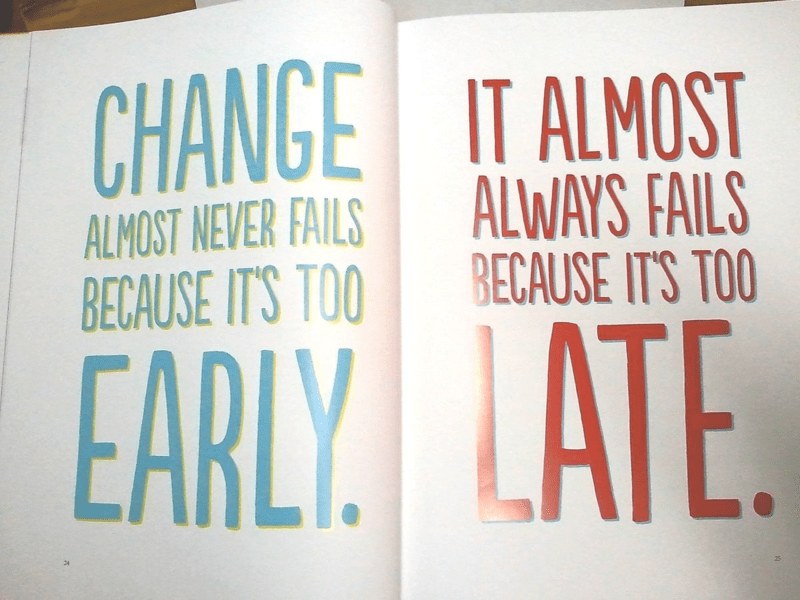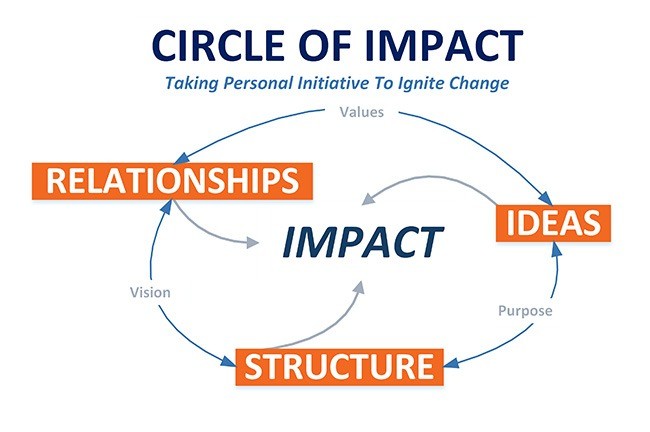
by Dr. Ed Brenegar | Apr 29, 2020 | Book, Centralized Institutions, Circle of Impact, Community, Impact, The Pressing Issues
Four Responses to Change
There is a continuum of response to change. There are four responses along a spectrum with the extremes being destructive responses to change, and the middle two being more constructive. Let us call the destructive responses Change-Phobic and Change-Junkie and the constructive responses Change-receptive and Change-initiator.

by Dr. Ed Brenegar | Apr 14, 2020 | Community, Fragmented, Impact, Relationships, The Pressing Issues, Uncategorized
In 1899, sociologist Thorsten Veblen published The Theory of the Leisure Class: An economic study of institutions. His research marked a growing phenomenon of people separating their personal life from their work life. Veben was the one who coined the often used term, “conspicuous consumption.” His research marked a growing tension between personal life and work life. This tension is at the heart of the quest for balance.
The balance between life and work, I’ve come to conclude, is an impossible standard. It is a measure of time and activity level rather than a measure of the value of either our life or work.
Ask yourself the following questions.
1. How do you know when there is balance between your life and work? Is it a 50/50 split?
2. If you were to achieve balance, what would be different? Is it simply that you would have more time to pursue your leisure time interests?
3. Presently, which side, life or work, is more out of balance? What is it specifically that tells me this?

by Dr. Ed Brenegar | Dec 24, 2019 | Book, Circle of Impact, Community, Ideas, Impact, Relationships, Structure, Transition, Uncategorized
Failure is a way of life for many people. They try hard to succeed. But for some reason they never do.
Is their problem one of execution, of planning, of expectation, of personality or timing? Or is it a combination of all of them?
I’ve thought a lot about this over the years. In addition to the above, other factors play into what constitutes success.
There is the question of focus, of application of talent to real needs, of competence in performance, of commitment for preparation and for follow-through. Then there is the question of self-confidence.
See, all those conditions factor into success and failure. Yet, all those could be at the top-of-their-game, and still, success eludes us. The question is whether our conception of success is sufficient for the world we live in. I am increasingly convinced that we must look more deeply into these factors in order to define impact as the measure of success.

by Dr. Ed Brenegar | May 6, 2019 | Book, Circle of Impact, Transition
Imagine having a clear sense of what you believe about yourself, being able to say with conviction, “This is who I am and what my purpose for impact is.” From this perspective, we have somethingto offer an employer or a clear direction for the future. This is not simply a picture of our usefulness in life. It goes deeper than that. It is a picture of what motivates us to be at our best. It helps us to see ourselves functioning with impact in the social and work situations that we encounter every day. It helps us to know where we do not want to be.

by Dr. Ed Brenegar | May 5, 2019 | Book, Circle of Impact, Impact, The Pressing Issues, Transition
One of the Circle of Impact Guiding Principles is that “we are all in transition, everyone of us, all the time.” When I speak about this with people, they readily acknowledge this truth. Transitions Out There The reality of Transition is that it is taking place...






